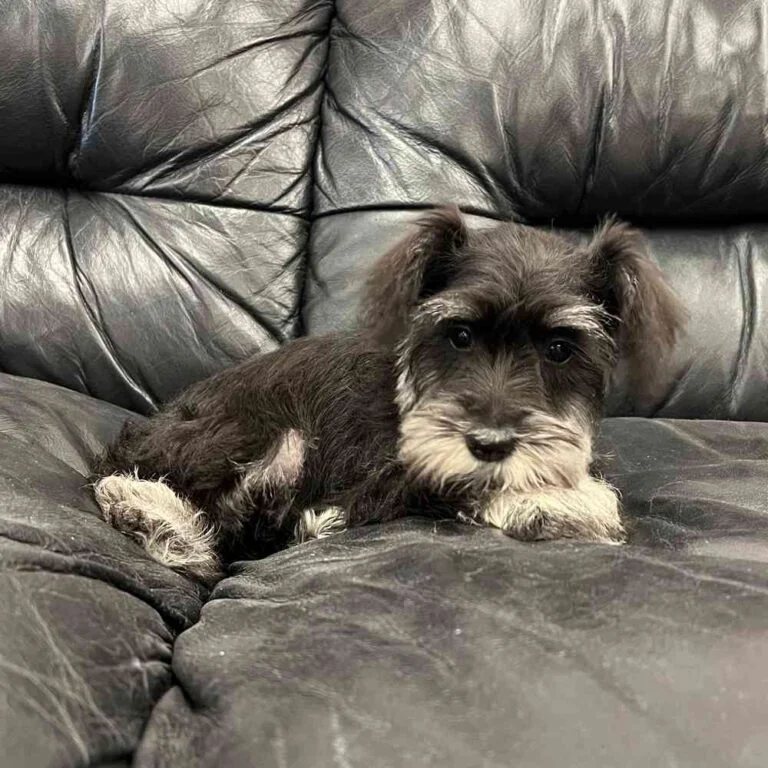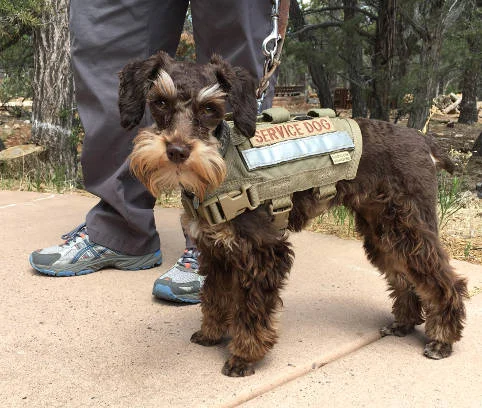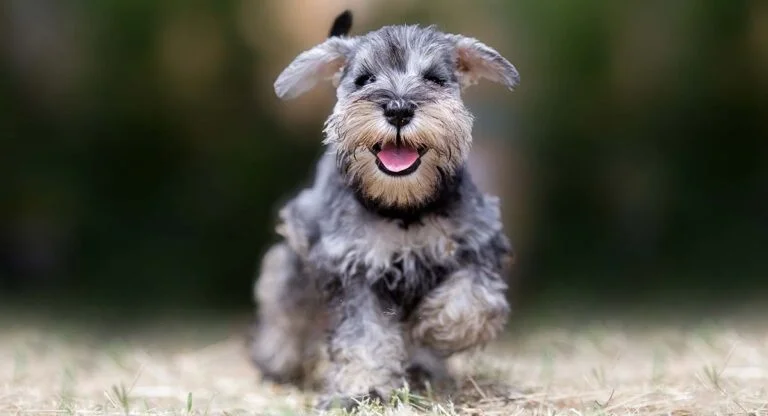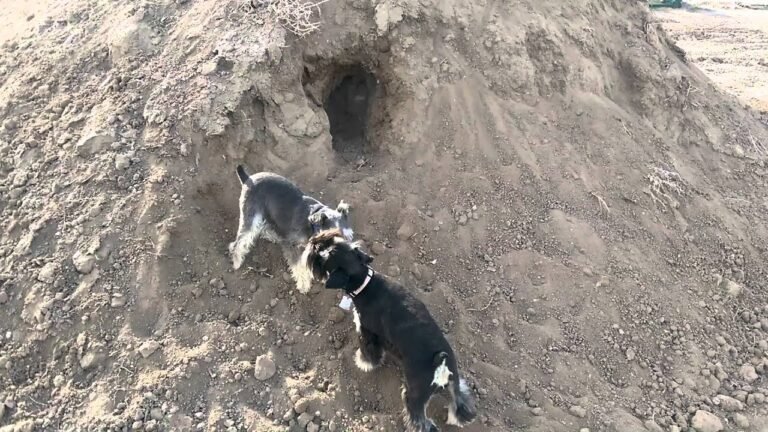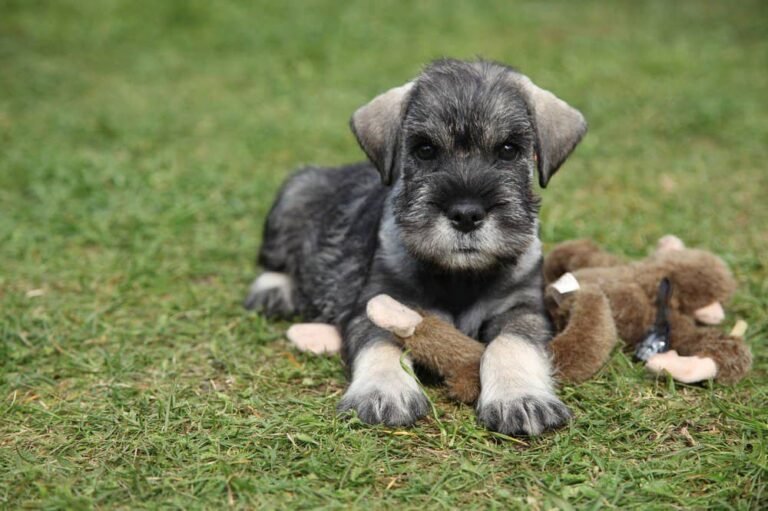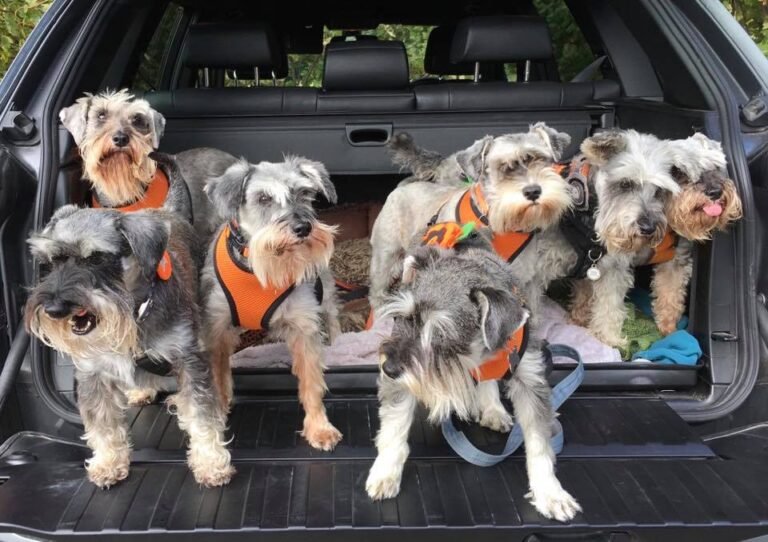Do Giant Schnauzers Get Along with Other Dogs?
The Giant Schnauzer, with its impressive stature and penetrating gaze, is often viewed as a formidable breed. Yet, beneath that robust exterior lies a character filled with energy, intelligence, and, at times, a dash of mischief. The key question many potential owners have is, “Do Giant Schnauzers get along with other dogs?” To answer this, we need to understand the breed’s heritage, temperament, and the factors that influence their canine relationships.
Understanding the Giant Schnauzer’s Origin
A breed’s history often provides valuable insights into its behavior and preferences.
The Birth of a Working Dog
Originally bred to drive livestock and serve as a guard dog, Giant Schnauzers are:
- Naturally Protective: This makes them excellent watchdogs.
- Highly Energetic: Their stamina was vital for herding tasks.
- Intelligent and Observant: Essential traits for both protection and livestock driving.
Instinctual Behavior
The Giant Schnauzer’s historical duties indicate:
- Leadership Tendencies: They may exhibit dominant behaviors.
- Alertness: They are quick to notice changes in their environment.
Factors Influencing Their Compatibility with Other Dogs
Several factors play a role in determining whether a Giant Schnauzer will bond seamlessly with other canine pals.
Early Socialization
Early exposure to a variety of dogs and environments can greatly improve a Giant Schnauzer’s sociability. Puppies that engage in playdates, puppy classes, or frequent outings tend to grow into well-adjusted adults.
Training
Consistent, positive reinforcement-based training can help curb any overly dominant behaviors and teach the dog appropriate play manners.
Gender Dynamics
Sometimes, two dogs of the same gender (especially males) can have territorial disputes. Introducing a Giant Schnauzer to a dog of the opposite gender may reduce potential conflicts.
Individual Personality
Like humans, each Giant Schnauzer is unique. Some may adore the company of other dogs, while others may prefer solo time.
Introducing a Giant Schnauzer to Other Dogs
If you’re considering adding a Giant Schnauzer to your multi-dog household or vice versa, following a structured introduction can foster positive relationships.
- Neutral Territory: Introduce the dogs in a neutral space to avoid territorial disputes.
- Controlled Leashes: Ensure both dogs are on leashes but avoid tight tension.
- Observe Body Language: Look for relaxed tails, playful bows, and soft eyes. Interrupt if there are signs of aggression or fear.
- Gradual Approach: Allow brief sniffs, then increase the interaction time progressively.
- Positive Reinforcement: Praise and reward both dogs for calm and friendly behavior.
Frequently Asked Questions
| Question | Answer |
|---|---|
| Are Giant Schnauzers aggressive towards other dogs? | Not necessarily. While they have dominant tendencies due to their working background, many Giant Schnauzers coexist peacefully with other dogs, especially with proper socialization and training. |
| Do Giant Schnauzers prefer the company of certain dog breeds? | While individual preferences may vary, Giant Schnauzers, with their herding and guarding instincts, might mesh better with breeds that aren’t overly dominant or territorial. |
| Is it better to adopt a Giant Schnauzer puppy if I have other dogs? | Puppies often adapt more quickly and easily to new environments and canine companions, but adult Giant Schnauzers with known positive dog histories can also be wonderful additions. |
Conclusion
Giant Schnauzers, with their imposing presence and rich history, can indeed coexist harmoniously with other dogs. The secret lies in understanding their innate behavior, providing early socialization, and ensuring consistent training. With the right environment and guidance, the Giant Schnauzer can not only get along with other dogs but form deep, playful, and protective bonds that stand the test of time.


